Samsung Galaxy A5 (2017) vs Samsung Galaxy S7

Introduction
Samsung’s Galaxy S7 is one of the most popular Android phones. In part, that's because of its very good performance and excellent camera. Another key factor is the stunning glass and metal design.
Well, when it comes to the design and looks, Samsung has just made a near carbon copy that is way more affordable: the new Galaxy A5 (2017). Really, the Galaxy S7 and Galaxy A5 (2017) are strikingly similar. Both feature a curved glass back and a metal frame, both are of identical physical size, even both are water-resistant and run on the same Grace user interface.
So why even consider the Galaxy S7 then? Well, do not write off the flagship S7 just yet: we will be comparing the new S7 and A5 (2017) in areas that are not immediately obvious, such as the actual performance, camera quality, battery life and so on. So let’s see.
Design
Look at the two from afar, and you won’t be able to tell the difference.
As we said already, the S7 and A5 (2017) are really similar. So much so that from afar, you could easily mistake one for the other. The giveaway is the camera. While the S7 has a large camera sensor with optical image stabilization that protrudes out of the phone’s back, the A5 (2017) has a tiny camera lens that almost looks disproportionately small.
The phones' physical size is comparable: the A5 is just a hair wider and taller, but the difference is almost invisible. Both are also equally thin: just 7.9mm, but the curved glass on the back makes it feel like they are even smaller. Having curved glass backs also adds to the comfort factor: it’s easier to pick them up from the table.
Both have a fingerprint scanner up front, embedded in the physical home button, and both have a 3.5mm headset jack.
The coolest feature that the two share, however, has to be water resistance: both can be submerged in water up to 5 feet deep for as long as 30 minutes without suffering any damage. They are not meant to live under water (and do not bring them close to salty sea / ocean water), but an occasional selfie in the swimming pool is fine, and you don’t need to worry when using them in the rain or dropping them in the toilet. It’s really nice that Samsung equips even a mid-range phone like the A5 (2017) with water-proofing at the high IP 68 rating, while even Apple’s flagship darling, the iPhone 7, has a lower IP 67 water protection (meaning it can be safely submerged in only 3-feet deep water).
The new A5 also has one advantage over the Galaxy S7: it uses the newer USB-C port for charging, while the S7 relies on the dated microUSB. USB-C is reversible, so you can plug in USB-C cables both ways, and it’s gradually becoming the universal standard for all sorts of electronics. It’s simply more future-proof.
Display
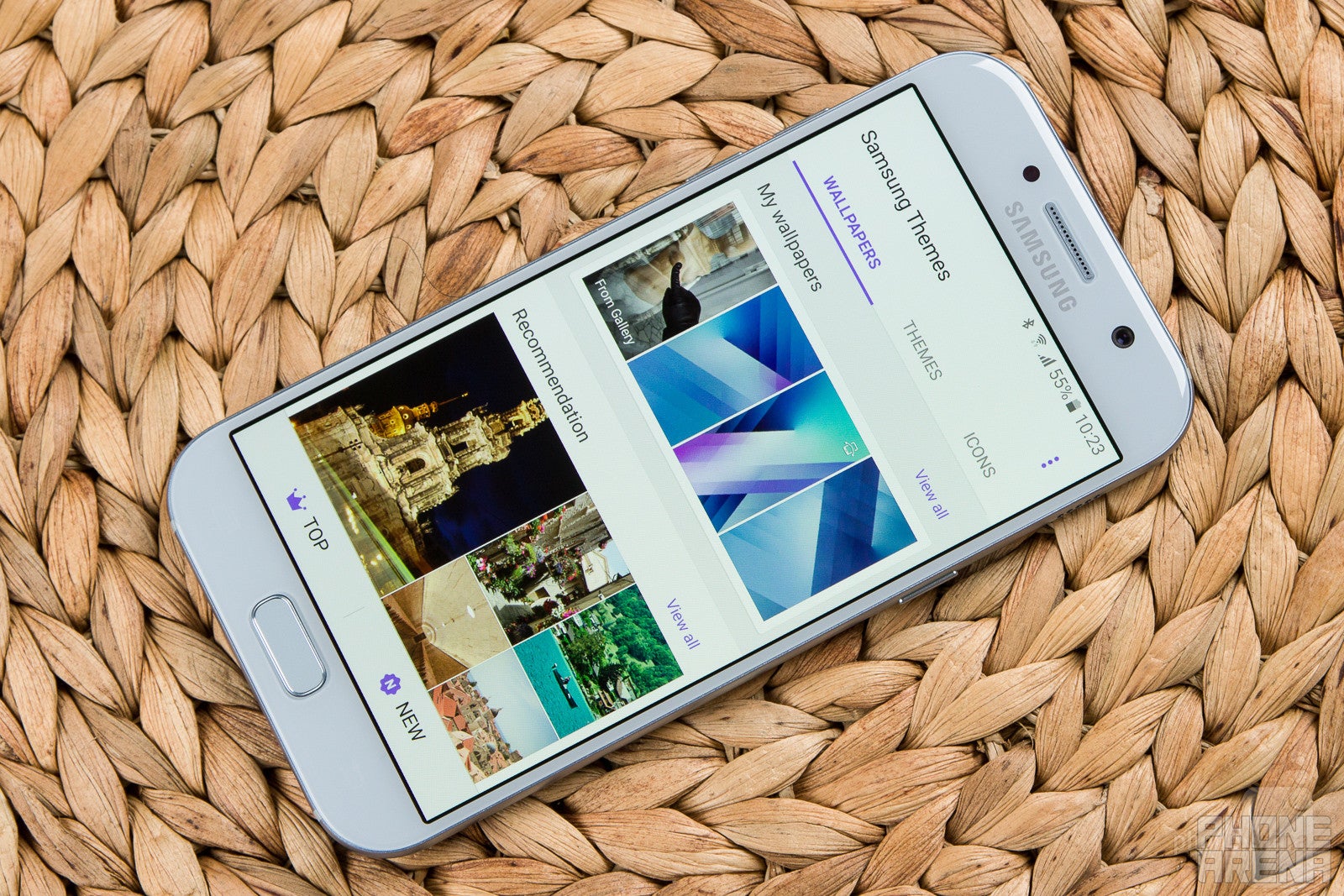
Switching over to the display part, we have two AMOLED screens with gorgeous colors. The S7 features a 5.1” screen with a higher, 1440 x 2560 pixel (Quad HD) resolution, while the A5 (2017) has a 5.2” display with a 1080 x 1920 pixel resolution. Both are PenTile displays (meaning they get less sub-pixels per pixels than an LCD RGB screen), and while there is a slight difference in sharpness, when using the phones at a regular viewing distance they both looked sharp enough to us.
Both phones support various color modes, as is typical with Samsung screens, and we recommend using the Basic screen mode (go to Settings > Display > Screen Modes to switch). The default Adaptive mode looks equally punchy and oversaturated on both, but is not particularly accurate to calibration standards. You can check out our detailed color measurements right below and notice that the S7 has a slight advantage with its better color balance.
The other cool thing about the A5 (2017) is that it gets the Always-on Display mode that the flagship S7 has. It shows high-contrast white text on your lockscreen all the time and is useful to see the time, date and whether you have some missed notifications (the text of notifications, however, is not shown). This is a cool feature, but having it enabled will have an impact on battery life.
Interface and Functionality
The new Grace UI erases differences between flagship and mid-ranger.
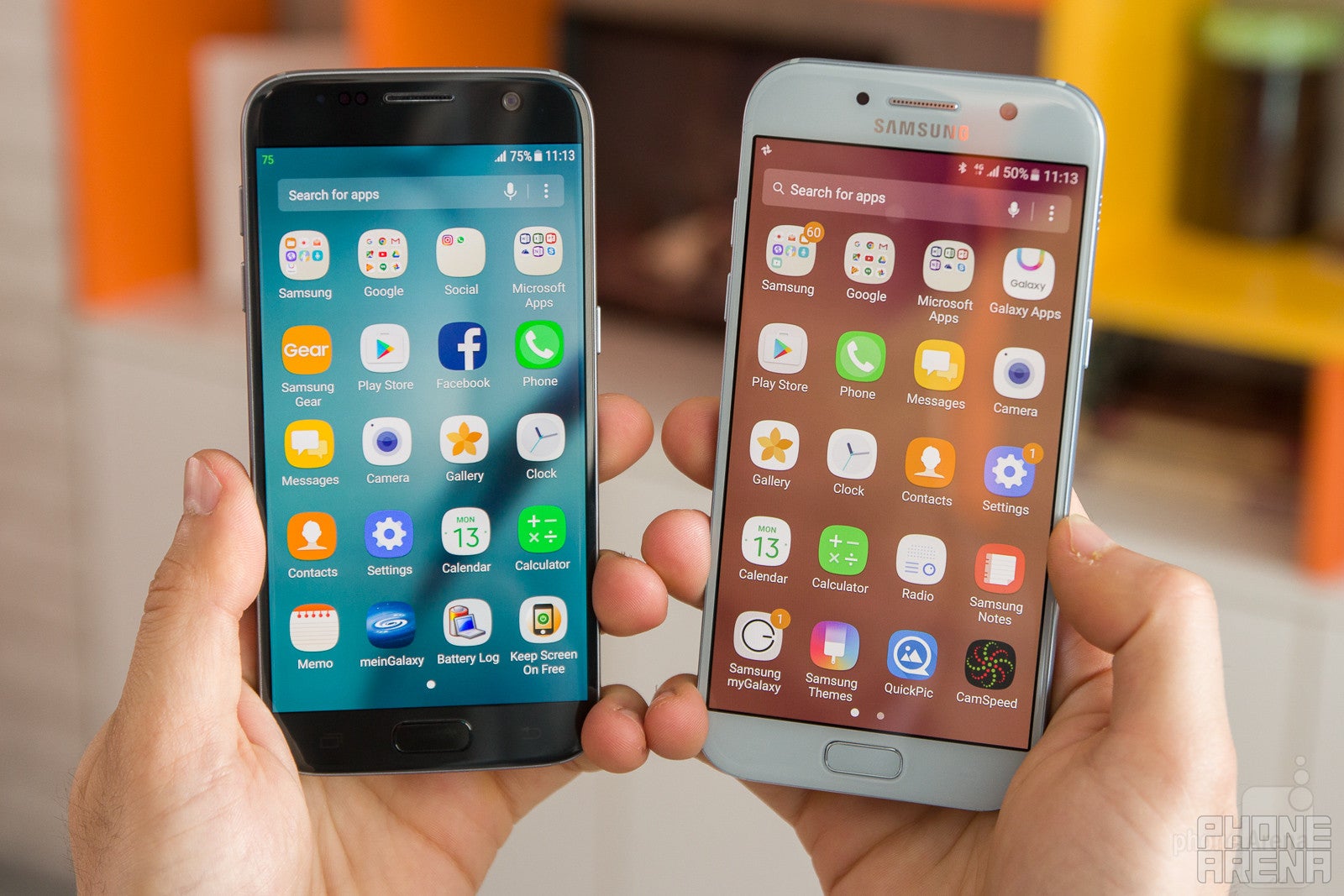
Playing around with the two phones, you’d see that the interface looks the same. We indeed have the new Grace UX on both the Galaxy S7 and Galaxy A5 (2017). Keep in mind that on the S7 this is the new interface that you get after the Android 7.0 Nougat update, so if you haven’t received the update yet, don’t panic, it’s coming in the near future.
However, the Galaxy A5 (2017) is still waiting for its update to Nougat. The new A5 ships with the old Android 6 Marshmallow, and it is set to get Android 7.0 in late spring / early summer of 2017. However, knowing how long Samsung takes its time to update its mid-range phones, we would not be very optimistic about any future updates This continues to be a problem for more affordable Android phones that are often left forgotten, running old software soon after their release.
This rant aside, we don’t find any real functional difference: both phones do have the same visual style, the same excellent keyboard typing experience (Samsung has one of the best virtual keyboards around), and even both support split-screen multitasking.
We’ve said it in the Galaxy A5 (2017) review, but let’s say it again: it’s a bit of a shock how well has Samsung managed to streamline its new Grace user interface. After years of experimenting with tons of gimmicky features and questionable aesthetics, this new Samsung UI both looks good and feels functional, to the point.
Processor, Performance and Memory
A new and power-efficient chip on the A5 gets great economy, but the S7 smokes it in terms of performance.
The Galaxy A5 (2017) uses a new mid-range processor that is 36% more power-efficient than its predecessor. The name is Exynos 7880, an octa-core chip with eight Cortex A53 CPU cores, built a modern, 14nm FinFET manufacturing.
Despite all that, the Samsung Galaxy S7 – be it in its Snapdragon 820 model or its Exynos 8 Octa variant – is clearly the more powerful phone.
During your daily grind, you cannot see much of that difference: the new A5 stutters a bit in places, but we can’t say that the S7 is a super-smooth performer either. However, in games and more demanding tasks, that lack of firepower shows, and the S7 is consistently the faster and more reliable device.
In performance benchmarks, it’s particularly obvious that the S7 is miles ahead: while the A5 has a deceptively great multi-core performance score, single core performance is very weak, worse than many other cheaper devices.
Both phones come with 32GB of on-board storage, with some 23 gigs of that allowance actually available to the end user. We’re glad Samsung has waved goodbye to the 16GB tier on both phones. Both phones also support microSD cards, so you can expand the existing storage easily – something valuable to power users.
Internet and Connectivity
Faster 4G LTE support on the Galaxy S7
The Galaxy A5 (2017) is a device that is not officially sold in the United States, and that makes a difference in terms of 4G LTE band support. The new A5 ships in different models for different regions. We have the Europe / UK version (model SM-A520F) that supports 4G LTE bands 1, 2, 3, 4, 5, 7, 8, 17, 20, and 28.
The Galaxy S7 also ships in different models, but the difference is that it has U.S.-bound models with proper support for major U.S. carriers. In either case, make sure that you are buying the right model for your market: pay attention to the bands it support and what 4G LTE bands and standards are required by your carrier.
There is also a difference in the capacity of the modem on the two: the new A5 features a category 6 LTE support (300 Mbps download speeds), while the S7 supports category 9 4G LTE with faster speeds (450 Mbps downlink). This is mostly a theoretical advantage in most markets these days, as the networks are not yet capable of fully delivering those speeds, but chances are this will matter in the near future and already does in some bigger metros.
You have NFC on both phones, and both also support Samsung Pay for wireless payments. Dual-band Wi-Fi is also on board on both – a useful feature in congested urban areas where a single-channel Wi-Fi receiver would often result in reduced download and upload speeds. Both also share the following connectivity options: Bluetooth 4.2, USB Type-C, GPS, Glonass and BeiDou.
Camera
The 16-megapixel camera on the new A5 is not as good as it sounds: it does fine in good light, but disappoints in low light and in videos. The S7 camera is much more reliable.
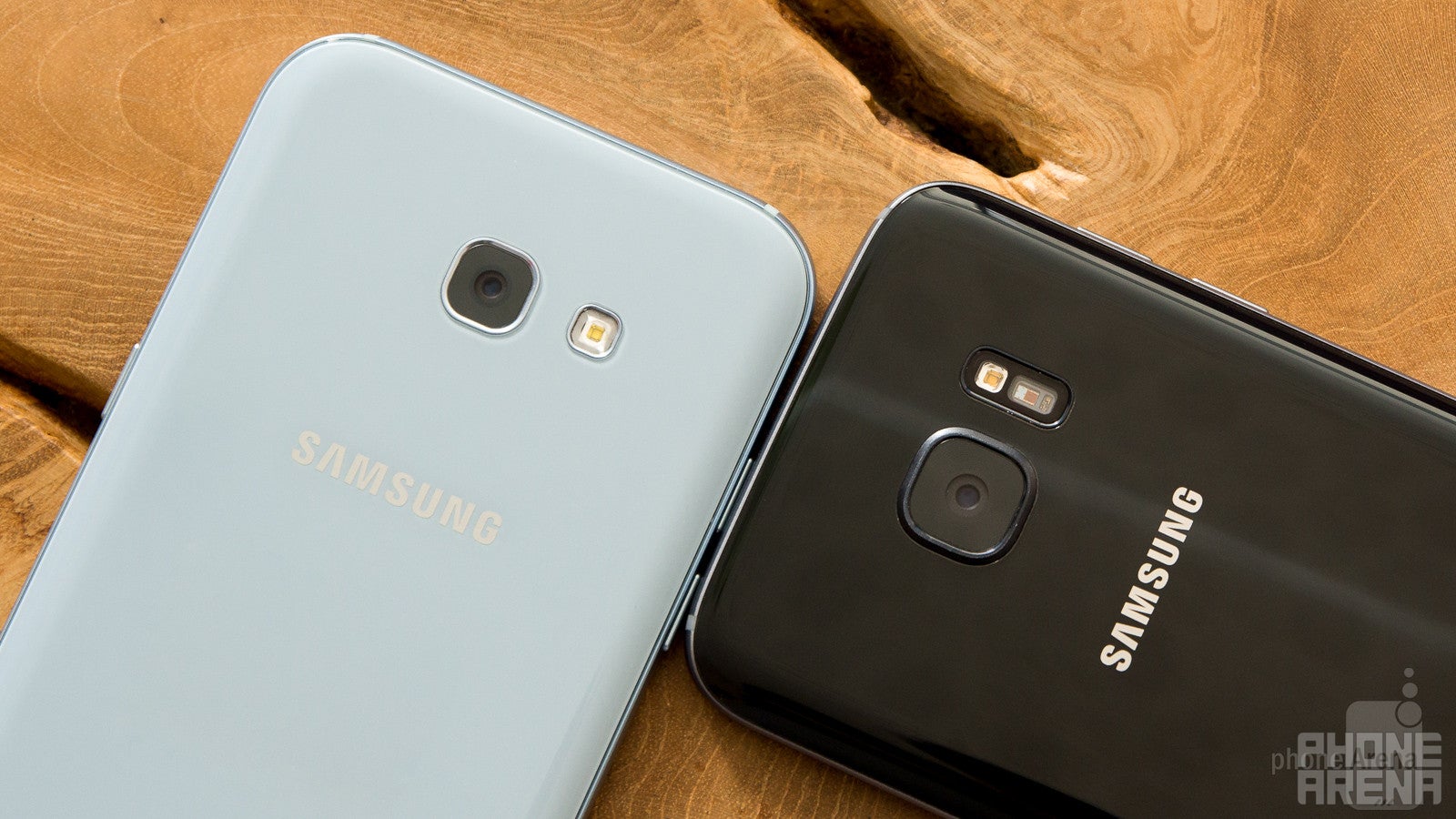
The Galaxy A5 (2017) features 16-megapixel cameras on both the back and the front. The Galaxy S7 sports a 12-megapixel main cam and a 5-megapixel selfie shooter. So the Galaxy A5 is better, right?
This cannot be further from the truth, but we are saying this to once again emphasize that simply listing megapixels can often confuse more than inform. If megapixels don’t matter then, what does? Of course, the actual quality of the images, but there are also things like camera speed to consider. The Dual Pixel auto-focusing technology makes the S7 one of the fastest-focusing phones on the market.
Then there is the software: both phones have the same Samsung-made camera app which is – hands down – great. Samsung has streamlined the interface, getting rid of unnecessary controls and switches (you can still access them if you switch to the Manual / Pro mode), and leaving only what matters on the screen. You can double press the home button to quickly go into the camera application on both phones – an extremely handy shortcut.
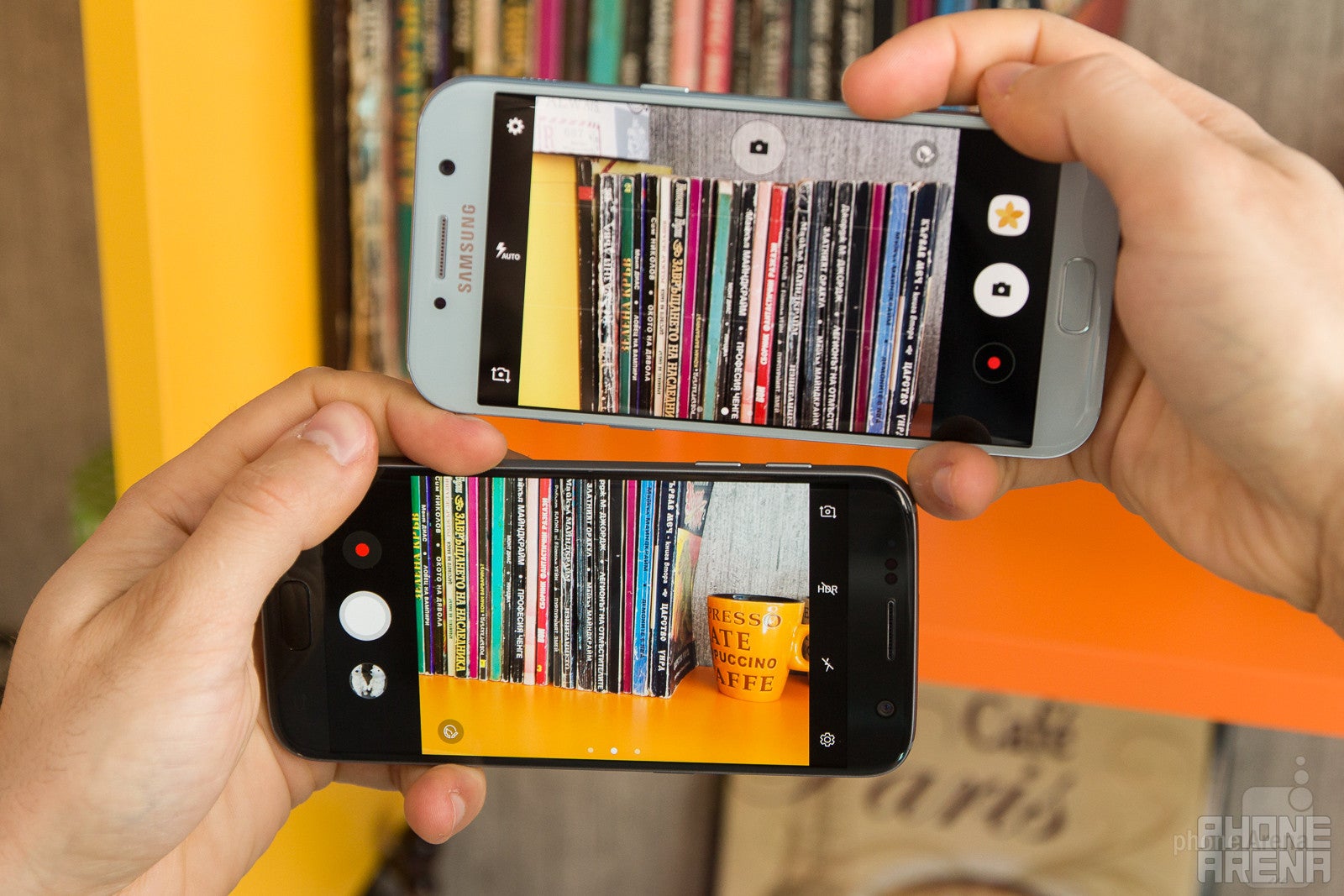
Image Quality
You can capture excellent-looking images on the Galaxy A5 on a bright day when you have plenty of light. Are they as good as the ones from the Galaxy S7? No, but they often get very close. The big give-away is dynamics: they are much richer on the S7, meaning that it better preserves the highlights and the shadows. Colors on the A5, though, are similarly lively and there is even less of the annoying oversharpening that plagues the Galaxy S7 camera.
However, not all pictures we take are in such perfect conditions. This shows immediately on the new A5: go a little bit darker and you will get blurry images way too often. The A5 is also not that good with exposure, it overexposes some pictures, meaning that it tends to burn the highlights.
The Galaxy S7, on the other hand, holds itself great in various conditions and captures sharp images even under lower light. It also focuses much faster and much more accurately.
The selfie camera is not great on either phone: both smudge the skin details, blurring it way too much and selfie pictures don’t look sharp. Do not be fooled by the 16 megapixels on the new A5 selife cam, this does not result in much improvement in actual sharpness.
Video quality
The one area where the Galaxy A5 (2017) does really bad is video. While the S7 records 4K video and has optical image stabilization (OIS), the new A5 only records in 1080p Full HD resolution and lacks any apparent form of video stabilization.
On the A5, even the slightest movement during video recording turns your footage into a jittery, headache-inducing mess. Comparing footage shot at the same time on both phones, it almost seem like the A5 video was filmed during an earthquake, while the S7 footage appears perfectly stable.

Sound quality
Samsung did something new with the A5 (2017). While most modern Samsung phones have their speaker on the bottom, the A5 is completely different: it has a loudspeaker located on the right hand side. That’s right: on the side. This weird decision is driven by pure practicality: whether you hold the phone horizontally or vertically, you never accidentally block the speaker.
It’s also a surprisingly good (but still short of great) speaker: it has a bit more punch than the speaker on the S7 and feels just a tad bit better refined.
Does this mean we’ll get more side positioned speakers in the future? Strange as it may sound, we wouldn’t mind too much.
Call Quality
We had no issues with call quality on either phone. Both the S7 and A5 are able to convey voices in their natural tonality, but the S7 is just a little bit cleaner, and the same also goes through for the microphone that is able to filter out side noise and deliver cripser, cleaner voices on the other end of the line. It’s not a big difference by any means, but it’s still a little something to keep in mind.
It’s also worth saying that the S7 has the added benefit of support voice over LTE (or VoLTE). Carriers that support this feature will be able to deliver much cleaner and more pleasing audio via the earpiece.
Battery life
The Galaxy S7 has an above average battery life, but the new A5 gets straight A's.
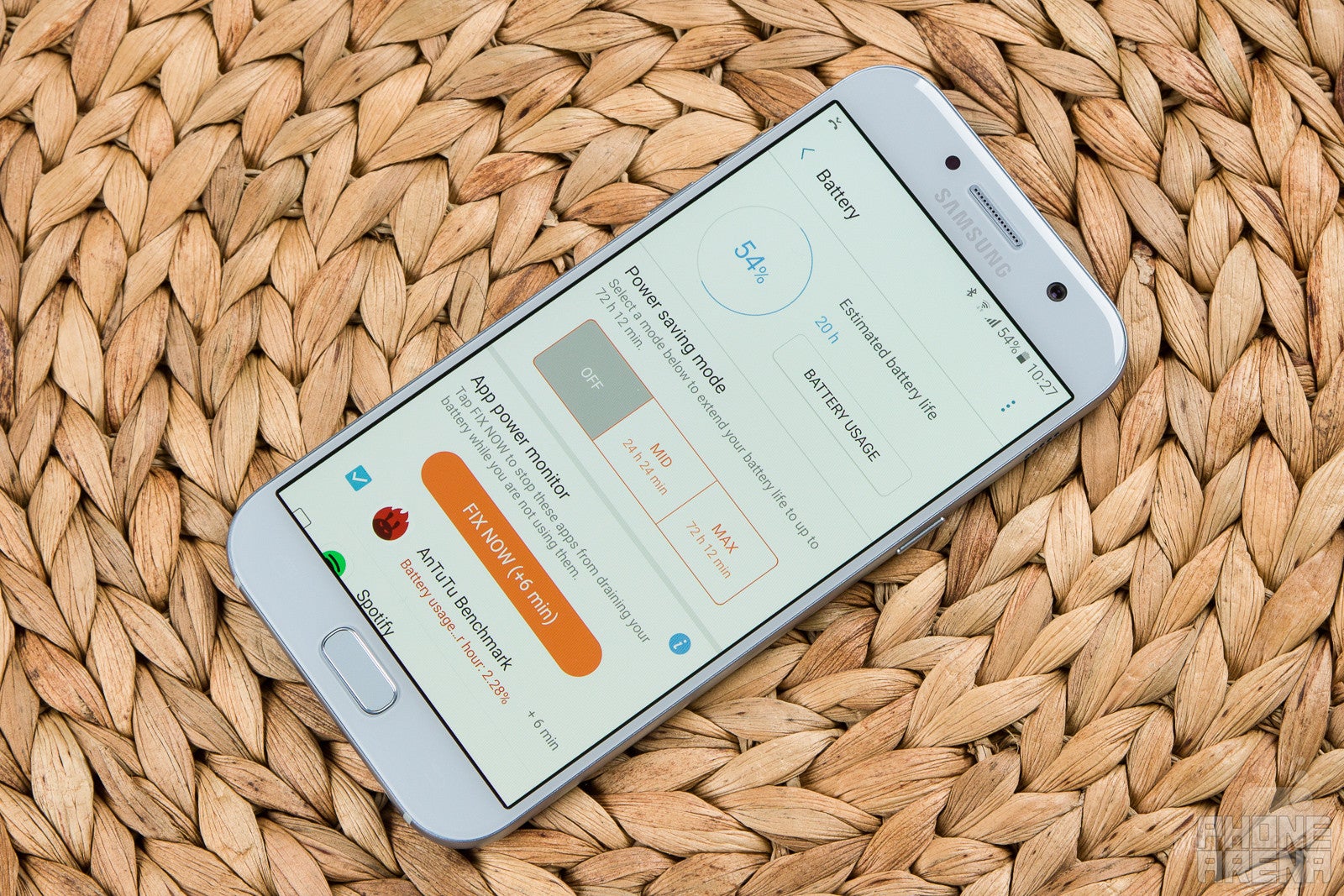
Both the new Galaxy A5 (2017) and the S7 come with a 3,000 mAh battery that is not user-removable.
This, however, does not tell the story of the actual difference in battery life between the two. And there is a very substantial one.
The S7 features a battery that will last you a full day and it’s considered to be an above average battery performer. The A5 (2017)? It has nearly 50% longer battery life. There are two key factors that make this possible: first, the new A5 features a processor made on a brand new, 14nm manufacturing technology that is some 30%+ more efficient that its predecessor, and second, the A5’s CPU runs at a fairly low nominal frequency. Combine this with a not-so-demanding Full HD display, and you arrive at the following numbers: the new A5 lasts 11 hours and 9 minutes on our battery test while the S7 gets only 6 hours and 37 minutes.
This means one thing: we can get two days out of the A5 on a single charge, which is definitely a remedy for many battery woes.
There is one condition, though: you have to turn off the Always On display mode, an absolute battery hog of a feature, it can drain more than 20% of your battery in a day.
We are also happy to see both these phones support Samsung’s Fast Adaptive Charging tech and are able to get their battery fully recharged from 0 to 100% in just 1 hour and a half using the wall adapter that is included in the box.
Conclusion
We take away two things about the S7 and the new A5 after using both for a while: these are two very good phones, but they are also different in more ways than is apparent by just looking at the two from aside.
Yes, both have a refined, modern design with water resistance, but the Galaxy S7 has three key advantages: much better performance, much better camera (especially in video, but also noticeable better for photographs), and more attention from Samsung with updates.
The A5, on the other hand, absolutely kills it in terms of battery life: this is one of the longest-lasting phones we’ve ever tested. It has one critical flaw and that is the poor video quality, and especially the lack of video stabilization.
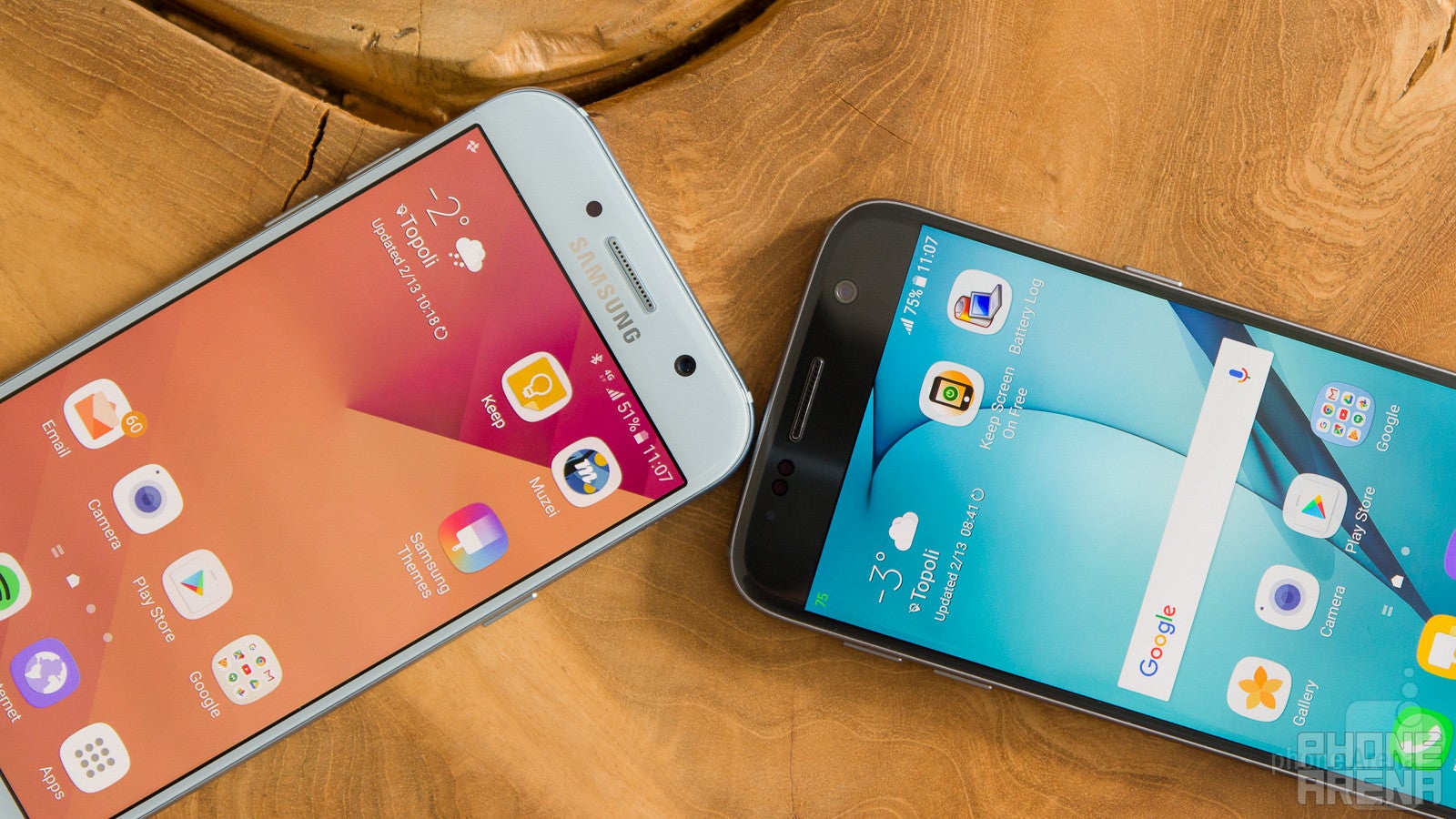
Looking at the asking price, one finds an interesting fact: the A5 (2017) is the most expensive A5 in the three years of the family, with a price of €430 (the equivalent of $456), which is some €30 higher than its predecessors. At the same time, it isn't much cheaper than the Galaxy S7. The latter's price has dropped since its launch, and it can now be bought for around €500 in Europe. We think the extra €70 spent on it would be worth it. Also, you can find the S7 in the United States on sale for around $450.
With these new price realities in mind, the pros of the Galaxy S7 far outweigh those of the new A5 (2017). Samsung’s new mid-ranger is interesting, but it would become the better choice between these two if and when Samsung drops its price a little bit.
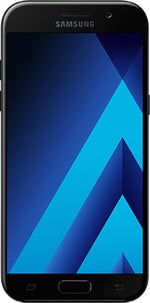
















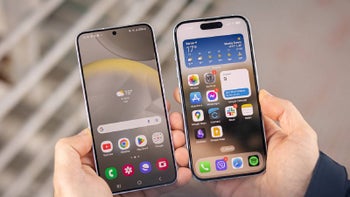
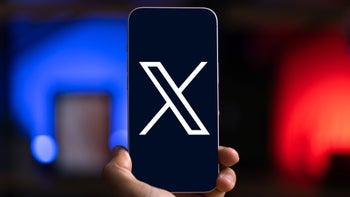
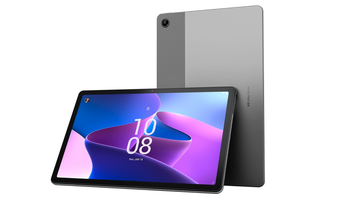
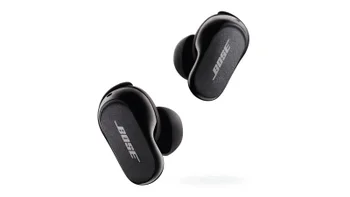
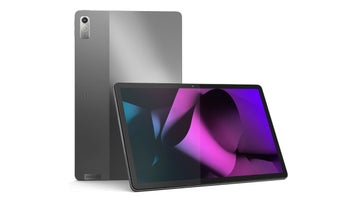







Things that are NOT allowed: